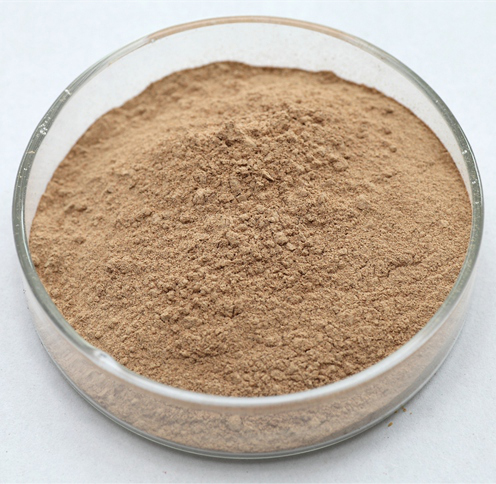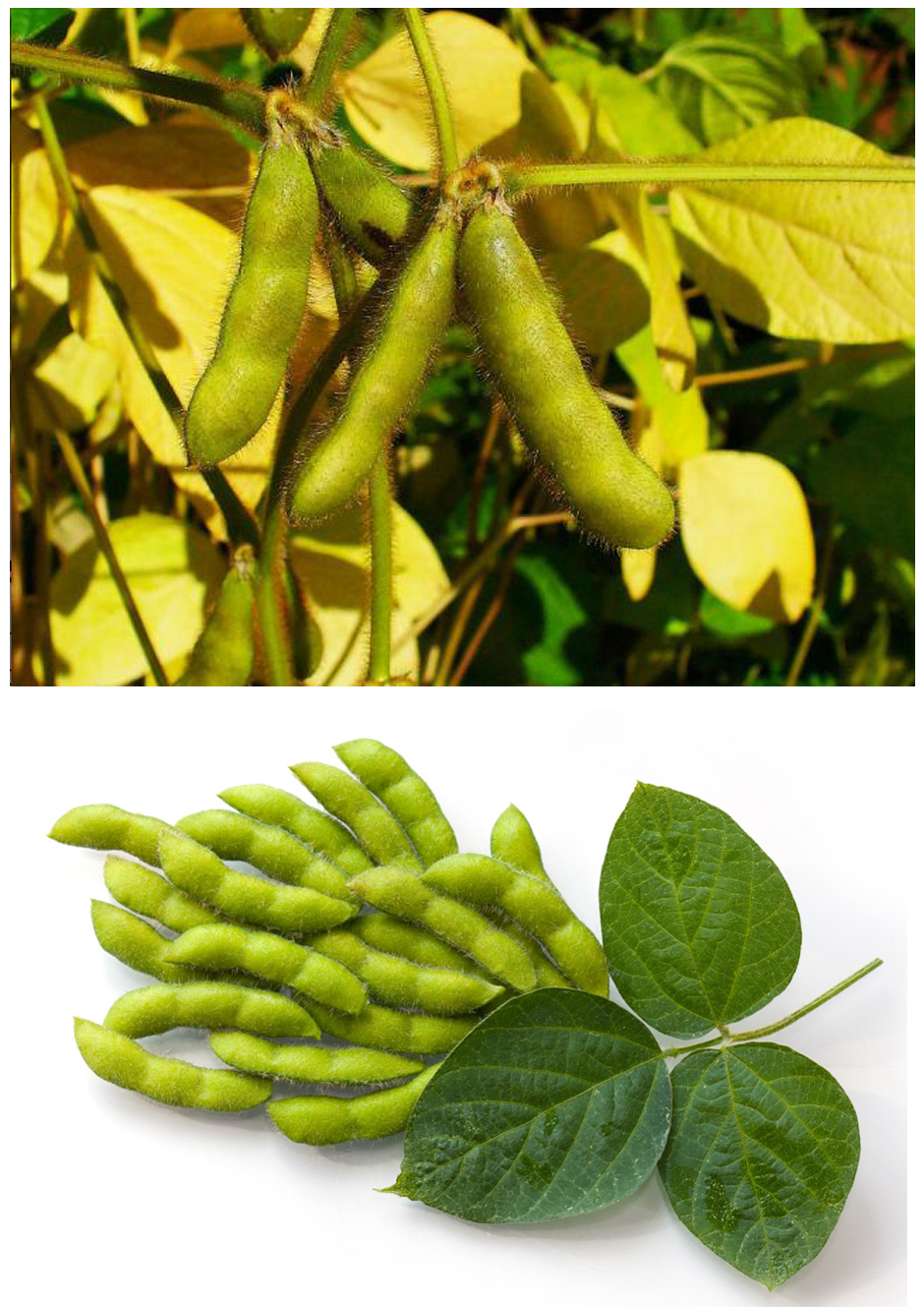Hot sale reasonable price Soybean extract in Australia
Hot sale reasonable price Soybean extract in Australia Detail:
[Latin Name] Glycine max (L.) Mere
[Plant Source] China
[Specifications] Isoflavones 20%, 40%, 60%
[Appearance] Brown yellow fine powder
[Plant Part Used] Soybean
[Particle size] 80 Mesh
[Loss on drying] ≤5.0%
[Heavy Metal] ≤10PPM
[Storage] Store in cool & dry area, keep away from the direct light and heat.
[Package] Packed in paper-drums and two plastic-bags inside.
[Active ingredients]
[What is Soy Isoflavones]
Non-genetically modified soybean refined soy isoflavones, a natural nutritional factors for a variety of important physiological activity is a natural plant estrogen, easily absorbed by the body.
Isoflavones are phytoestrogens planned economy a weak hormones, soy is the only valid source of human access to isoflavones. In the case of strong estrogen physiological activity, isoflavones can play the role of anti-estrogen. Isoflavones very prominent anti-cancer properties, can hinder the growth and spread of cancer cells and only cancer, isoflavones had no impact on normal cells. Isoflavones has an effective of anti-oxidant.
[Functions]
1. Lower Cancer Risk In Men and Women;
2. Use In Estrogen Replacement Therapy;
3. Lower Cholesterol and Reduce Heart Disease Risk;
4. Relieve women menopause syndrome, guard against osteoporosis;
5. Protect human body from destroy by free-radical to advance immunity;
6. Be healthy for stomach and spleen and protect nerve system;
7. Reduce cholesterin thickness in human body, prevent and cure cardiovascular disease;
8. Prevent cancer and counteract cancer£¬for example, prostate cancer, breast cancer.
[Application] Used in Lower cancer risk, estrogen replacement therapy, advance immunity, prevent and cure cardiovascular disease.
Product detail pictures:

Related Product Guide:
As for aggressive costs, we believe that you will be searching far and wide for anything that can beat us. We can state with absolute certainty that for such high-quality at such rates we have been the lowest around for Hot sale reasonable price Soybean extract in Australia , The product will supply to all over the world, such as: Spain, Mecca, Pakistan, In order to meet the increasing requirement of customers both home and aboard, we will keep carrying forward the enterprise spirit of "Quality, Creativity, Efficiency and Credit" and strive to top the current trend and lead fashion. We warmly welcome you to visit our company and make cooperation.
The Center for Disease Control and Prevention states, “During the past 20 years, there has been a dramatic increase in obesity in the United States and rates remain high. More than one-third of U.S. adults and approximately 17% of children and adolescents aged 2—19 years are obese. CDC estimates 97 million Americans are dangerously overweight. The agency reports this is the second leading cause of preventable death following smoking.
As the health and wellness trend drives the U.S. food industry, savvy food scientists are looking to sweeten their products naturally with minimal caloric contribution. This is where Steviva Ingredients can help. Steviva offers a solution with Steviva Blend stevia sweetener.
Steviva Blend, is a low calorie blend of natural sweeteners for use as a drop in replacement for sucrose or table sugar. The basis of this blend is a proprietary mixture of FDA approved steviol glycosides that are optimized to reduce bitterness. Flavor purity is enhanced by our unique method of water extraction of these glycosides from the leaves of the South American plant, Stevia rebaudiana. To this residual free extract, Erysweet erythritol, a natural sugar alcohol produced by fermentation, is added to provide bulk to the blend, but more importantly, it rounds the sweetness profile with a slight cooling property. The temporal effect is similar to sucrose. Sweetness is clean and non-lingering. Texture is equivalent to standard particle sugar. Its color is bright white and naturally non-caking.
For spec sheets, documentation and samples of Steviva Blend call your Steviva Ingredients sales representative at 310-455-9876 or email info@steviva.com
Laurent BOURGEOIS de la pépinière AROM’ANTIQUE nous parle de l’herbe à sucre
https://www.aujardin.info/videos/
Managers are visionary, they have the idea of "mutual benefits, continuous improvement and innovation", we have a pleasant conversation and Cooperation.








